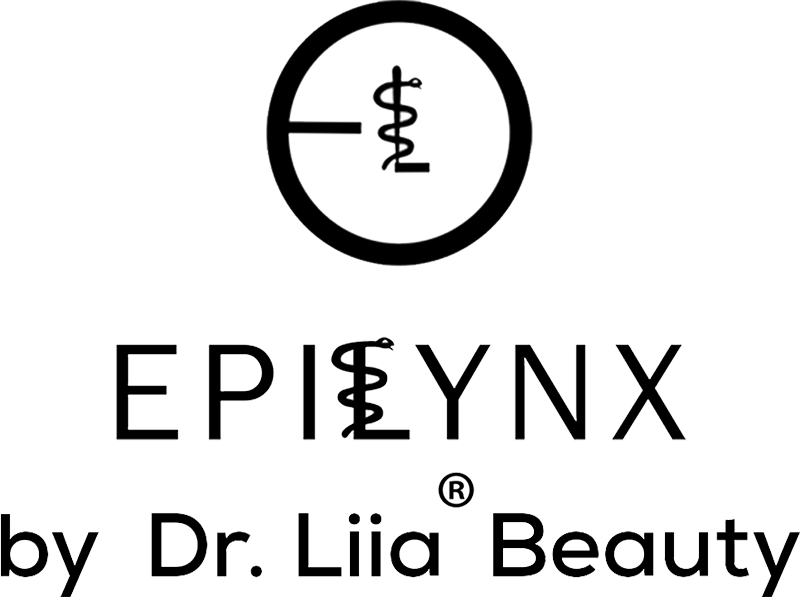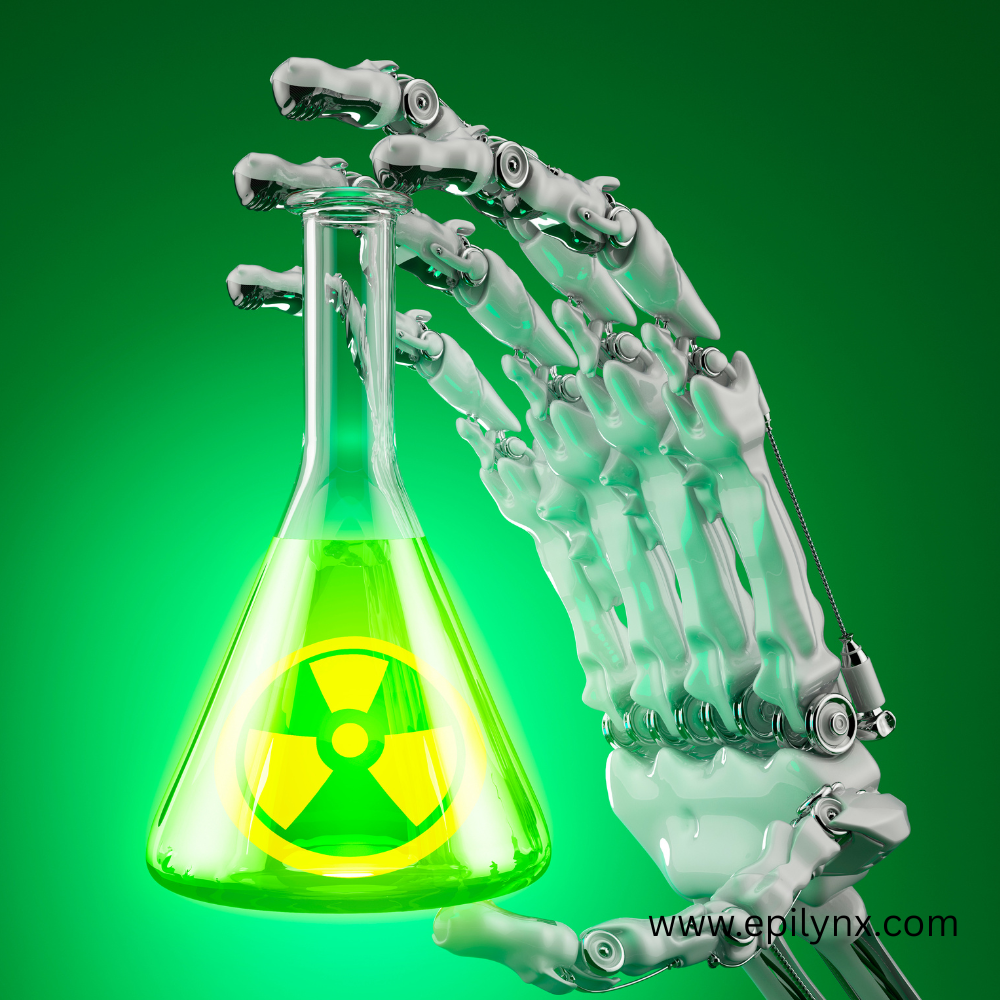Article: 💋 The Beauty Scandals the Industry Tried to Hide (and What They Taught Us)

💋 The Beauty Scandals the Industry Tried to Hide (and What They Taught Us)
Pretty Has a Past — and It’s Messy 💄🕵️♀️
The beauty industry has always loved a good illusion.
Airbrushed skin. Miracle claims. “Clinically proven” serums that were tested on exactly three people named Karen.
But every few years, the curtain gets yanked back — and what’s revealed changes everything.
Here are the beauty scandals that brands really don’t want you to remember — the ones that forced a global reckoning in what we now call “clean,” “safe,” and “honest” skincare.
1. The “Anti-Aging” Cream That Contained Paint Thinner 🎨🧴
In the early 2000s, a luxury European brand (rhymes with “L’oreal-ish”) launched an “intense lifting serum.”
It worked wonders — mostly because it secretly contained toluene, a solvent found in paint thinner.
📌 Result: Instant tightening. Also, irritation, rashes, and nausea.
📌 Reaction: Quiet recall, very loud marketing rebrand.
✅ Lesson: If your serum tightens like cement, it’s not magic — it’s chemistry gone rogue.
💡 Science fact: “Tightness” isn’t firmness — it’s your barrier panicking.
2. The Airbrush Scandal — When No One Actually Looked Like the Ad 📸
For decades, brands sold “poreless perfection” — with zero pores in sight.
Turns out, most of those “results” were just Photoshop filters before Instagram even existed.
📌 Infamous example: A 2011 foundation ad featuring Julia Roberts was banned in the UK for being “misleadingly flawless.”
📌 Result: Global backlash, new transparency rules in beauty advertising.
✅ Lesson: Real skin has texture. Perfection is pixels.
💡 Fun fact: “No retouch” campaigns rose by 320% after that scandal — and real pores made a comeback.
3. The “Natural” Nail Polish That Wasn’t 🌿💅
For years, brands labeled themselves “non-toxic” and “natural”… but conveniently forgot to mention the formaldehyde resin, toluene, and DBP (dibutyl phthalate) inside.
📌 Science truth: These chemicals are linked to hormone disruption and allergies.
📌 Consumer response: Outrage — and the birth of the “3-free,” “5-free,” and eventually “10-free” nail polish movement.
✅ Lesson: “Natural” isn’t a label. It’s an ingredient list.
💡 Modern fix: Clean, vegan, allergen-safe nail colors now exist — no fumes, no lies.
4. The “Cruelty-Free” Lie 🐰💔
For years, some big brands claimed “cruelty-free” while quietly selling in countries that required animal testing.
Translation: tested somewhere else, just not here.
📌 Public reaction: Major outrage — and the birth of third-party certifications (Leaping Bunny, PETA, etc.).
📌 Industry shift: Pressure on China led to major changes — many animal testing requirements were finally relaxed by 2021.
✅ Lesson: Real cruelty-free means global accountability, not marketing gymnastics.
💡 Fun fact: The modern cruelty-free movement was started by 1970s feminists who protested cosmetic animal testing alongside equality marches.
5. The Skin-Lightening Creams That Lied — and Harmed 💀
Many global “brightening” products secretly contained hydroquinone, mercury, or steroids — ingredients that caused burns, scarring, and long-term toxicity.
📌 Scandal: Dozens of high-profile brands faced recalls between 2013–2018 after illegal levels of mercury were found.
📌 Impact: WHO and FDA doubled down on product testing and import bans.
✅ Lesson: Beauty shouldn’t mean bleaching.
💡 Modern truth: The best brighteners — niacinamide, vitamin C, licorice extract — support your natural tone, not erase it.
6. The “Talc-Free” Powder That Wasn’t 👶🪨
After asbestos contamination scandals, some brands quietly relabeled talc-based powders as “mineral” or “natural.”
Independent labs later found… still talc. Still contaminated.
📌 Public outcry: Massive.
📌 Result: Lawsuits, trust collapse, and the boom of truly talc-free, gluten-free, allergen-safe brands.
✅ Lesson: Clean claims mean nothing without testing — and receipts.
💡 Science check: Talc isn’t toxic by nature. It’s where it’s mined that matters.
7. The “Detox” Skincare Trend That Didn’t Exist 🧴🚫
In the 2010s, “detox” became beauty’s favorite buzzword — as if your skin was a mini liver.
Brands sold charcoal masks and “detox waters” promising to flush toxins.
📌 Science reality: Your skin doesn’t detox anything. That’s your kidneys’ job.
📌 Result: Lawsuits for false advertising and new FTC guidelines on pseudo-science marketing.
✅ Lesson: You can’t “detox” your pores. You can, however, gently exfoliate them.
💡 Bonus fact: Even dermatologists started joking that “detox” was Latin for “we ran out of adjectives.”
8. The Greenwashing Epidemic 🍃🤑
Brands learned that if you slap a leaf on the packaging and use a soft font, people assume it’s safe.
Enter: “greenwashing.”
📌 Tactic: Words like “eco,” “natural,” and “clean” used with zero regulation.
📌 Consequence: Consumer trust tanked.
📌 Evolution: Third-party certifications and ingredient transparency became non-negotiable.
✅ Lesson: A label is not a lab report.
💡 Pro tip: Read ingredient lists — not slogans. Marketing doesn’t protect your skin.
9. The “Luxury = Safe” Myth 💸
Turns out, some of the most expensive brands in the world have been caught using the same unregulated ingredients as budget products — or worse, skipping testing altogether.
📌 Scandal: Multiple “prestige” creams recalled in 2017–2020 for bacterial contamination.
📌 Moral: You’re paying for the jar, not the judgment.
✅ Lesson: Safety isn’t luxury — it’s lab work.
💡 Science fact: “Dermatologist tested” doesn’t mean “approved.” It means someone, somewhere, put it on skin once.
10. The Foundation Shade Scandal 🎨🤦♀️
For decades, “inclusive” meant three shades of beige.
It wasn’t until public backlash against major brands in 2017 that diversity in foundation ranges became an industry-wide priority.
📌 Result: Fenty dropped 40 shades. The world clapped. The rest scrambled.
📌 Lesson: Inclusion isn’t charity — it’s common sense.
✅ Modern win: Over 80% of major beauty brands now offer 30+ shades. Finally.
💡 Fun fact: Searches for “foundation for dark skin” dropped by 50% after that shift — because representation actually solved the problem.
Final Thought: Beauty’s Dirty Secrets Gave Us the Clean Revolution 🧴💚
Every scandal, every recall, every exposed lie — they all made the industry better.
Because beauty didn’t become safer out of kindness.
It became safer because people demanded truth.
Transparency isn’t marketing — it’s moral.
And the more we know, the more power we hold to protect our skin, our health, and our confidence.
🌿 The EpiLynx Promise:
At EpiLynx, honesty isn’t a trend — it’s policy.
Every formula is:
✨ Gluten-Free
🌱 Vegan
🐰 Cruelty-Free
💚 Allergen-Safe
🧴 Made for Sensitive Skin
Because after a century of scandals, your skincare should come with peace of mind — not fine print.

